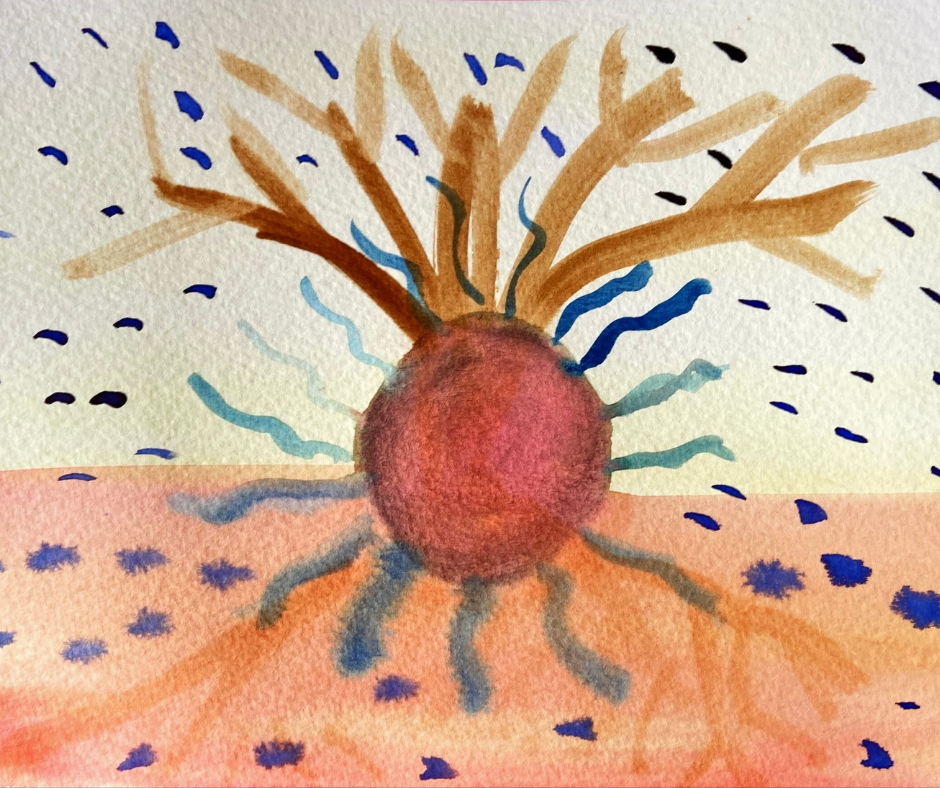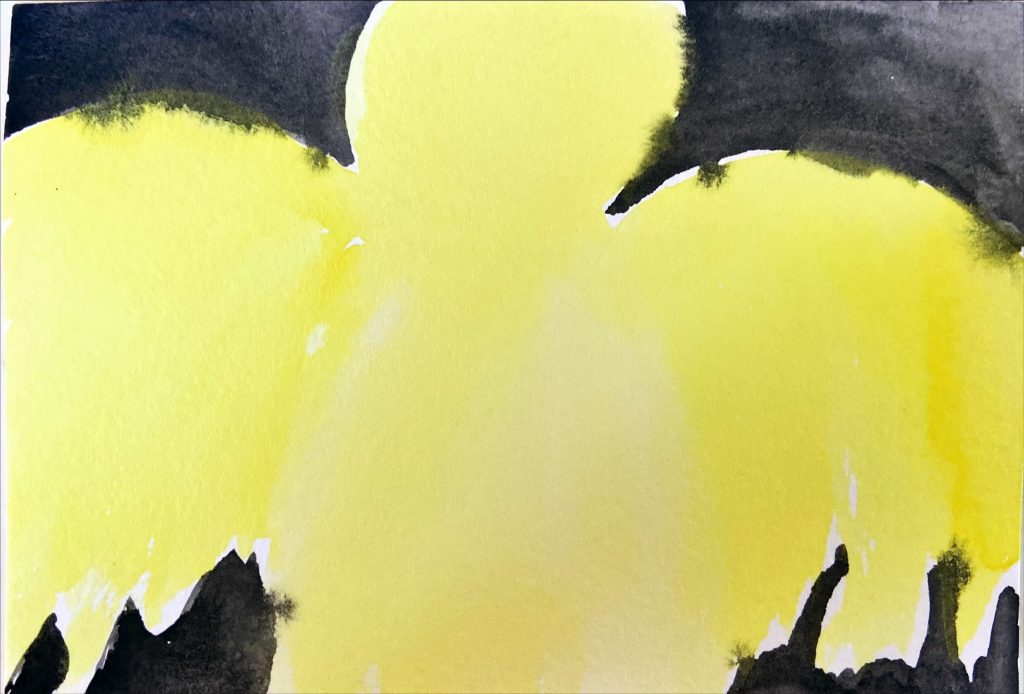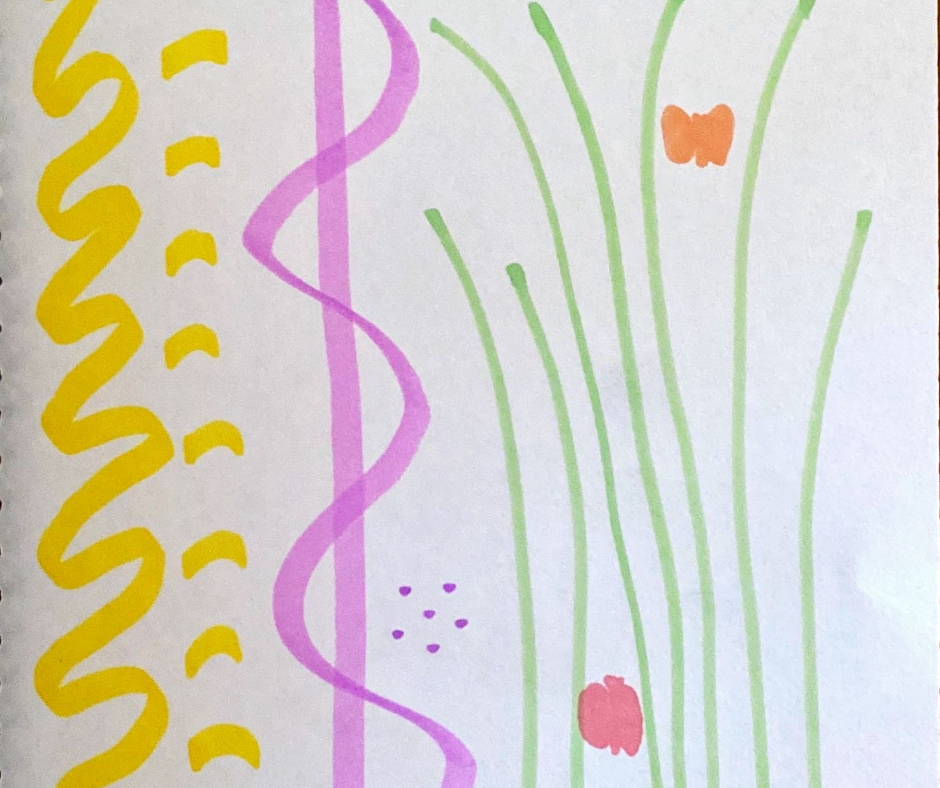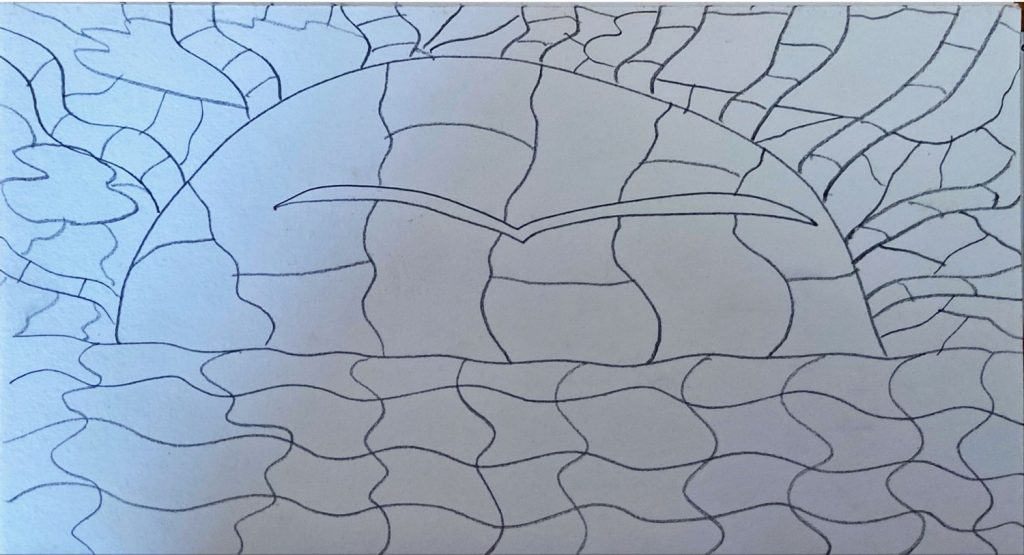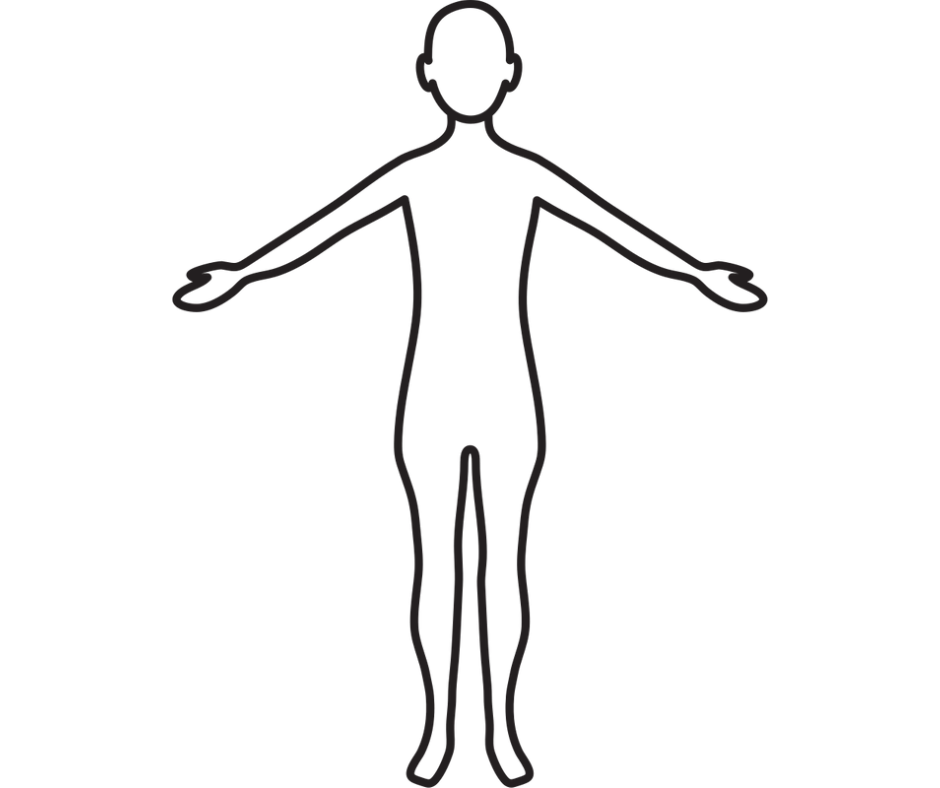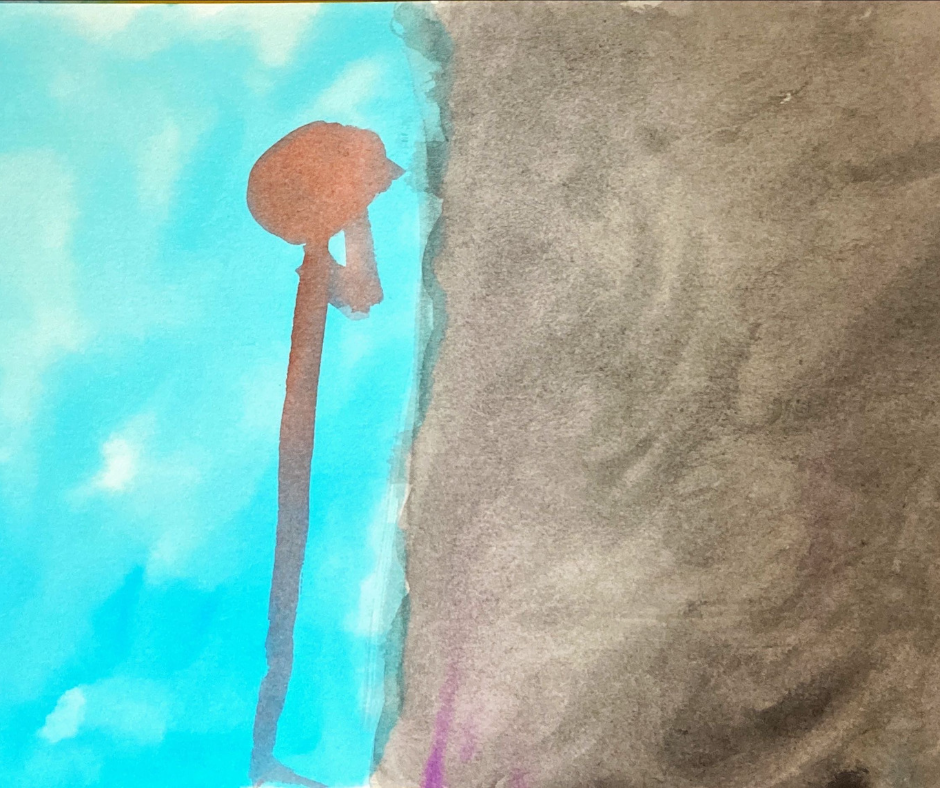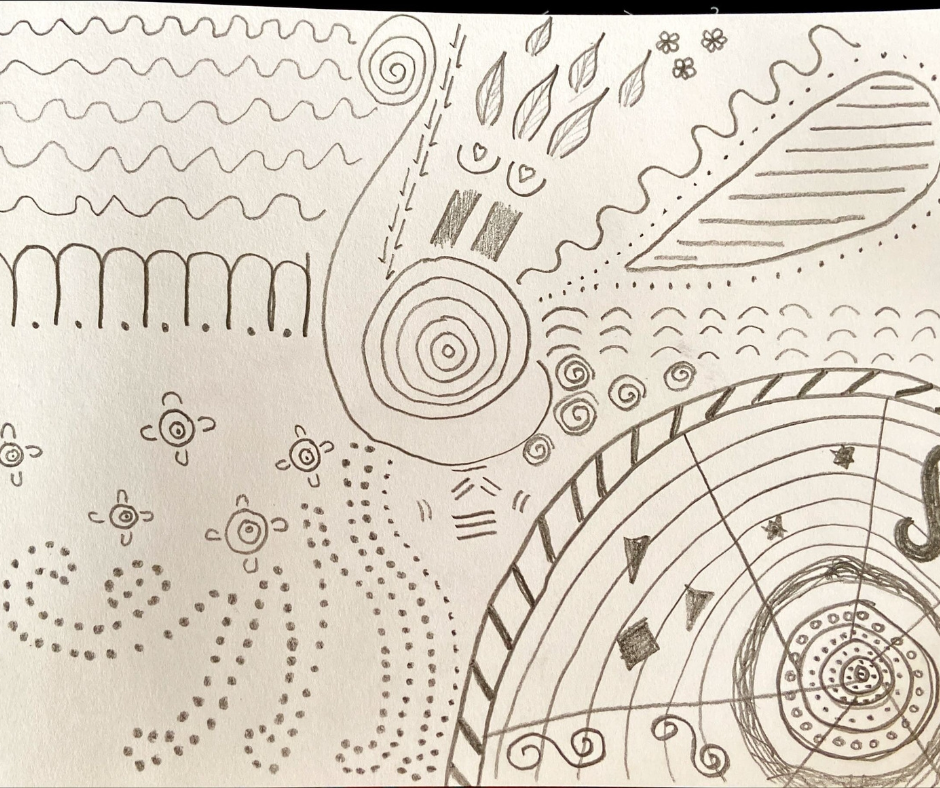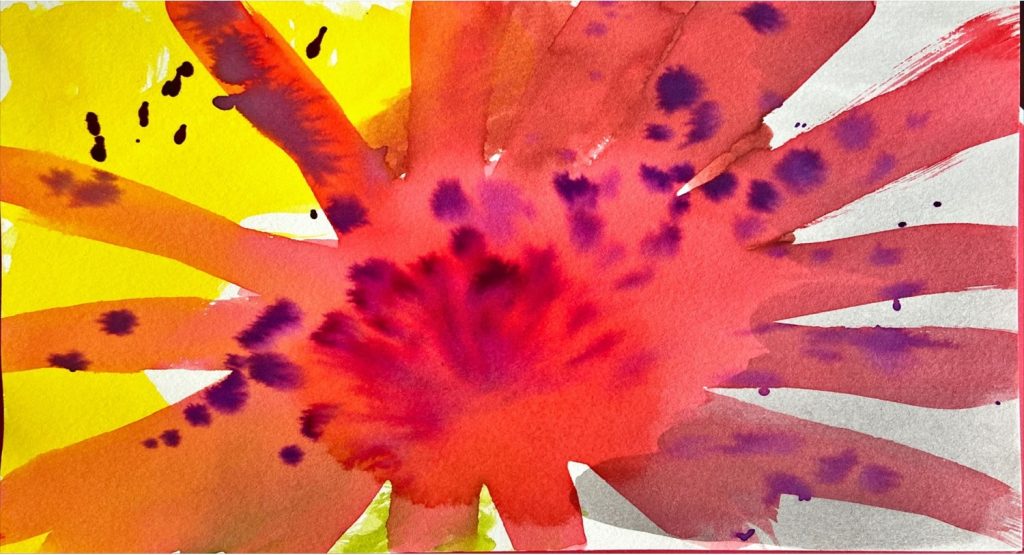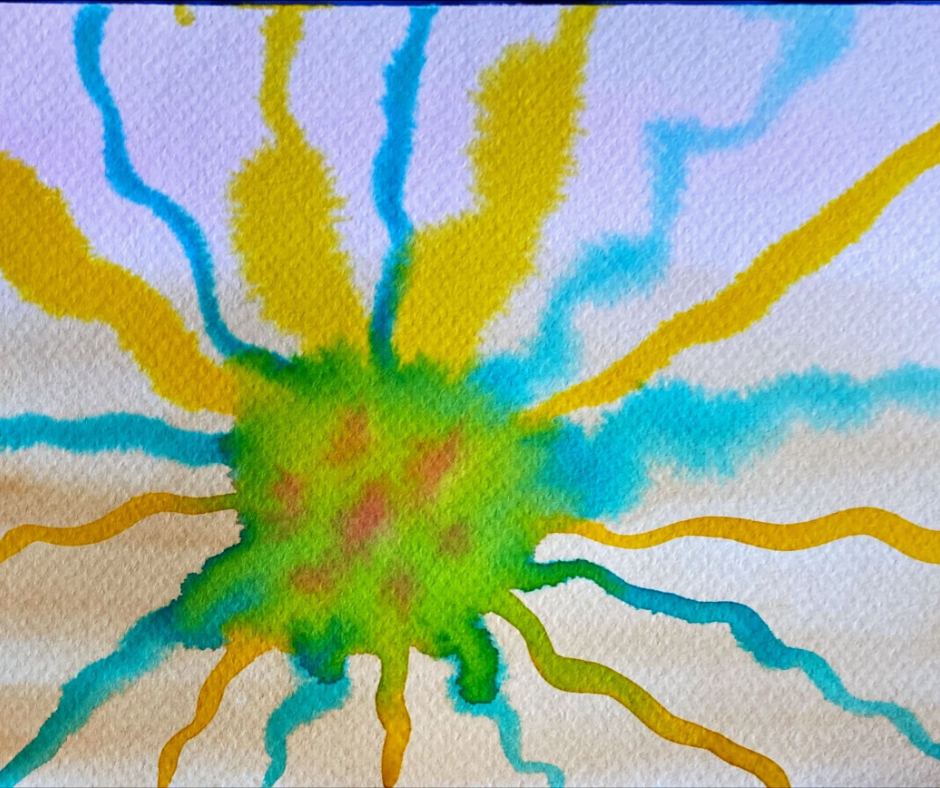
I am sure you have been in this type of situation. You are upset about something and talk to a friend about it. You are expecting them to listen and empathise with you. But they don’t. Listen. Or Empathise. They race to tell you about their day. Or they defend the person who has upset you. Or they make a joke about your pain. Or they change the subject.
In short, they shut you down. They remove your permission to be upset and be heard.
And maybe sometimes you do that too.
Why do they do that?
Why do you do that?
Discomfort.
WE HAVE MADE DISCOMFORT THE ENEMY
We live in a society, in a culture that is very left brained. In other words, very analytical, very logical, very shallow. Rarely are people allowed to explore the depths of who they are, why they do what they do, of the uncomfortable things that happen in life.
In our society discomfort is something to be feared. Something that we are not taught as children to manage. The only way we learn is to run away from discomfort and to shut other people down when they make us feel uncomfortable.
The result is you don’t feel comfortable feeling painful feelings and other people don’t feel comfortable hearing about them.
THE WAYS WE SHUT DOWN DISCOMFORT IN OURSELVES
Many people will rush to cover up uncomfortable feelings with addictive behaviours.
Alcohol, illicit drugs, prescription medications, gambling, buying things, eating, exercise, sex addiction, the list is endless.
Discomfort can be the person who feels awkward in social situations so drinks to suppress that discomfort.
It can be the person who smokes a cigarette to calm their feelings of overwhelm every time they have an argument with their partner.
It can be the person who struggles to cope with the end of a relationship and spends hundreds of dollars buying things they don’t need.
So there is a lot of discomfort in this world. Today I am talking about the discomfort that you feel uncomfortable with and leads you to shut yourself or others down when that discomfort is present.
DISCOMFORT IS YOUR ALLY
You may laugh at the idea that something that feels unpleasant can be an ally. But discomfort is. In order to grow and learn you have to be uncomfortable. It is uncomfortable to do something you have never done before. It challenges your competence as you do something that you may not be good at. As you struggle to complete a new task. There is a risk of failure and that is uncomfortable.
It is uncomfortable to learn something you never knew before. It challenges the way you understand the world, the way you understand the things you have learned. Now there is new information that challenges what you understand, and you have to remember it and understand it.
If you can’t sit with discomfort you will never learn anything new.
If you can’t sit with discomfort you will never try anything new.
LEARNING TO BE OKAY WITH DISCOMFORT
How do you manage discomfort?
You learn to stand and take a deep breath when you feel uncomfortable.
You learn to not run away, or rush to numb the feeling with addictive behaviour. You learn to not rush to fight or flight.
You try an experiment. You take a deep breath and allow the discomfort to be there.
You examine that discomfort with curiosity. And you discover that it is okay, that you can handle this.
As you sit, keeping your thinking brain on line, you are able to come up with a plan to respond to the challenge that has brough the discomfort to you. You learn how to act.
You may not get it “right” first time, according to what you think you should do. But you will survive the discomfort. And in time you will learn that you can survive discomfort. And you will grow and learn. As you grow and learn you will come to welcome discomfort for the gifts of learning it brings.
CAN I HELP?
I have touched very lightly on discomfort. For many people discomfort is something they can learn to be okay with. But for others it is not that easy.
If you have had really difficult things happen in your past and you have not had the help you needed to process those things then discomfort can feel life threatening.
If you have been in that situation then seeing a counsellor who specialises in processing those past difficulties is helpful. You can make sense of what happened and understand it better. This can allow you to heal the pain of that event/s.
With the assistance of a counsellor, you can learn to sit with discomfort and allow yourself to be okay with the feelings. To know it is safe to feel discomfort.
If you would like to talk to me about how I can help you with learning to be okay with discomfort, please contact me on 0409396608 or nan@plentifullifecounselling.com.au
If you would like to learn more, I write a regular newsletter with interesting information, tips, information on courses, and the occasional freebie. At the moment I have a free mindfulness meditation for anyone who signs up to my newsletter. This meditation offers a way to safely explore your feelings and learn to be okay with them. If you would like to subscribe please click on the link here: http://eepurl.com/g8Jpiz

